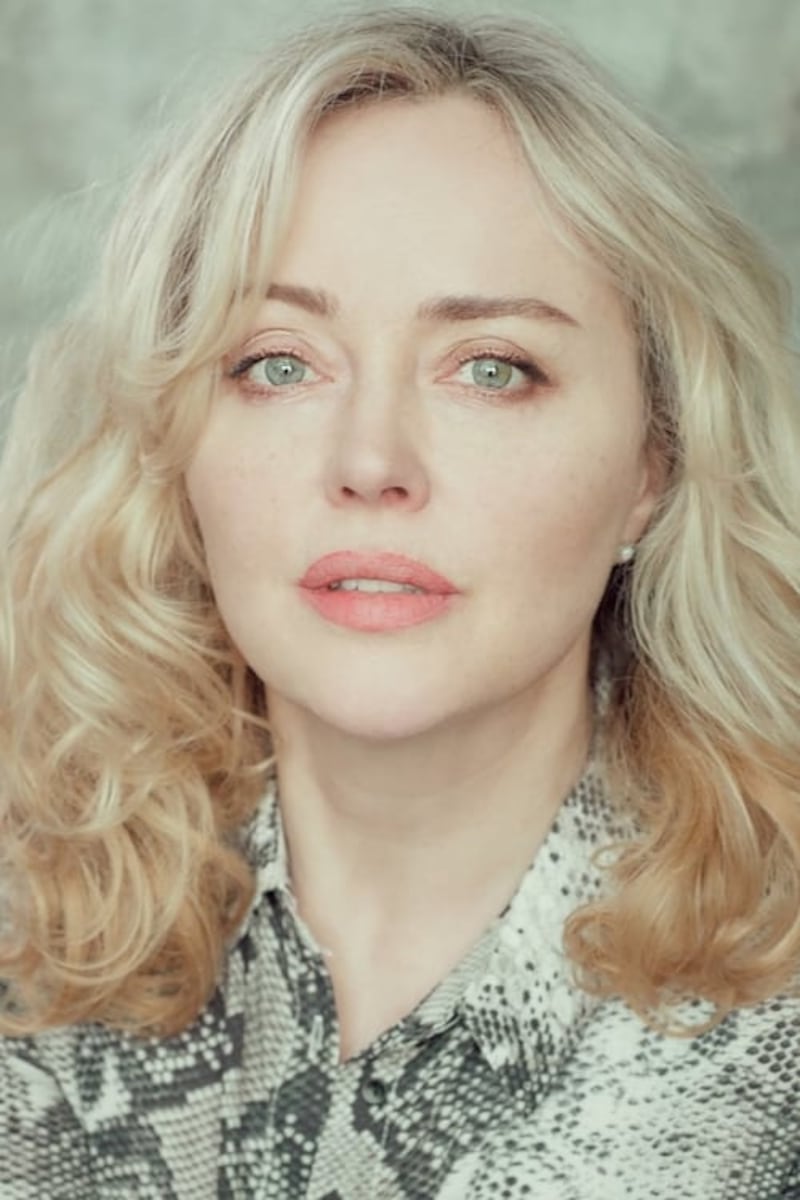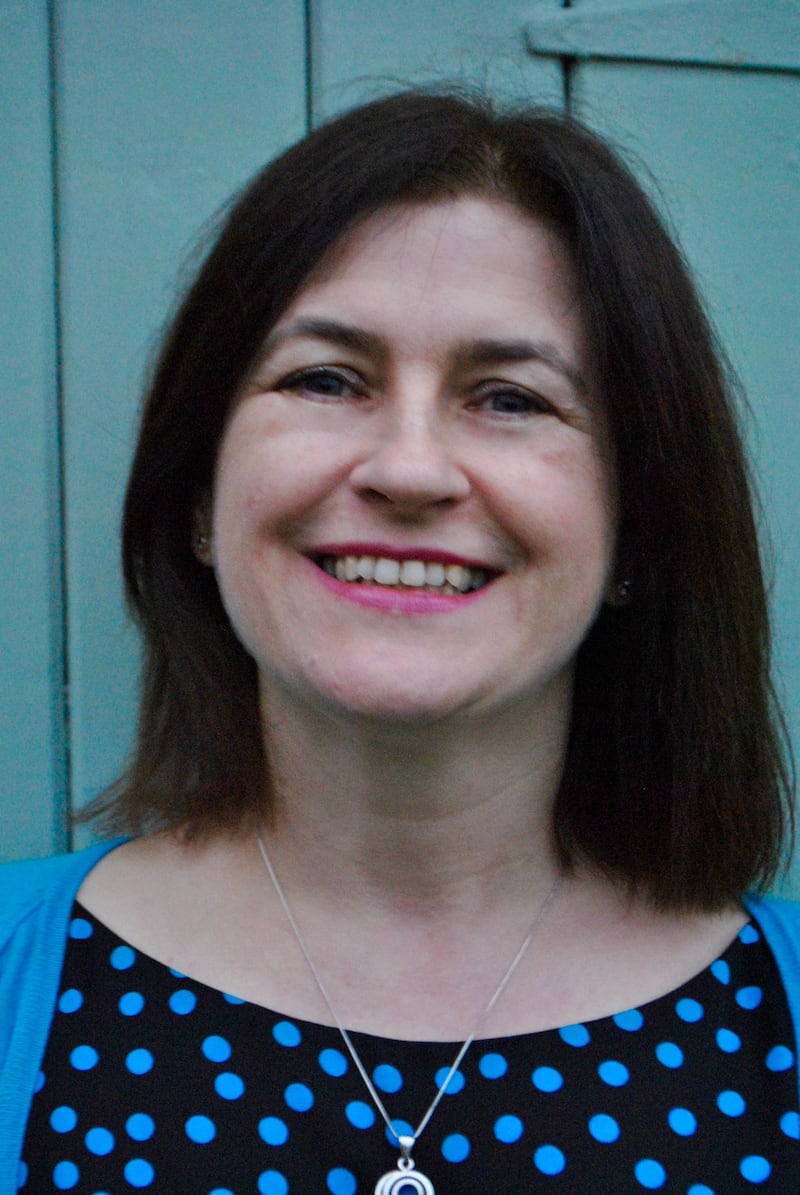Robert Burns, director of housing and community development at Fingal County Council, first approached the Museum of Childhood with an idea for a project inspired by his own childhood experiences of walking and cycling to primary school and getting the yellow school bus to secondary school in Roscommon.
“I’d like people to reflect back on how formative their journeys to school were and to support cycling lanes and walking routes for their own children, Projects like this help people connect at an emotional level,” explains Burns.
The project, When We Were Kings and Queens of the Road, developed over the last six months and has about 30 stories published on its website to date.
It brings together a range of personal testimonies about travelling to school from the 1960s to the present day. What is striking about many of them – excerpts from which we publish below – is how people remember their surroundings more and the camaraderie with friends and siblings when they cycled or walked to school. Getting a school bus or travelling with a parent by car was an altogether different experience.
READ MORE
Burns, who in his previous job at Dún Laoghaire-Rathdown County Council, championed the development of 25km of cycle lanes connecting 60 schools in the south Dublin suburbs, is passionate about giving children safe, accessible routes to school.
“There are social and health impacts of moving independently to school. It also frees up time for parents and has wider societal and climate impacts with fewer cars on the road,” says Burns.
The Central Statistics Office (CSO) figures state that, from 1986 to 2016, the number of children taking public transport to school dropped from one in five to one in 10. The percentage of children walking or cycling to school reduced from 50 per cent in 1986 to 25 per cent in 2016 while the percentage of children brought to school by car to school jumped from 24 per cent to 60 per cent in the same period.
The 2022 census heralded some change with the amount of children being brought to school by car dropping from 60 per cent to 55 per cent. From 2016 to 2022, there were also significant increases in the numbers of both primary and secondary school children cycling to school. Some of this was undoubtedly due to the parent-led cycling-to-school groups that have sprung up in various towns and suburban areas.
Tracey Lydon, manager of the Safe Routes to School programme with An Taisce, says that as local authorities put in more safe crossing points to school, protected cycling routes and park and stride locations, she hopes to see the numbers of students walking and cycling to school continue to grow.
Majella McAllister, founder and director of the Museum of Childhood – which will have a physical building in Waterford city in about three years’ time – says the project wants to hear from other people about their journeys to school.
“I’m keen that the project reflects lots of different experiences – what it’s like to get to school if you have a disability, what it’s like if you move from Dublin to the countryside, what it’s like if you have to travel out of your area to a school. That way, it gives people the space to tell other truths as well,” says McAllister, who says that children often feel “most themselves” on their journeys to school.
‘My school bag smelled of pineapple, strawberry, watermelon from the craze for smelly rubbers you got in Hector Grey’s’
Angeline Ball is an actress, singer/songwriter from Dublin
I tell my children that I was walking a full mile and a bit to school on my own from the age of about 8½. That half made all the difference. You’d have to make sure that the schoolbag full of books stayed firmly on your shoulder or better still on your back. God forbid it fell and you’d hear that familiar sound of a flask full of soup smashing and you’d have to wait until your mother got a replacement canister in those cardboard boxes. It looked like a perfect silver bullet bomb – ready to smash into smithereens at a touch. I walked to school hail, rain or snow. Sometimes getting there with my shins roaring red, lashed by hailstones, or after coming home I’d sit on top of the fire only to get a different kind of red, those dreaded ABC’s on your legs.
I tried a scooter but the supporting leg always got tired, a bike I walked home with because my friend didn’t have one and I’d rather chat to her. Never roller skates because my hand-me-downs took too much effort to push an inch at a time. The wheels were banjaxed. When I got a little older I’d pass the boys school on the way to mine, and I’d search frantically for the one I “fancied”. I could pick him out in the huge throng.
[ Number of pupils taken out of school for holidays soars since CovidOpens in new window ]
Summers were always lovely walking to or coming home without a coat and ankle socks that gave you the perfect tan line. I can still smell the new books bought in Easons and covered in brown paper if you were posh, wallpaper if you weren’t. My school bag smelt of pineapple, strawberry, watermelon from the craze for smelly rubbers you got in Hector Grey’s. Nowadays sometimes kids complain if they need to walk to bus stops. Whereas I can walk for miles.

‘I have to take two buses across town, hoping there will be no bombscares or hold-ups’
Belfast-born writer Sheena Wilkinson
1974. I’m six and I walk to school alone, like all the other kids in the estate. P1s are allowed to be walked there by their mummies, but they’re only babies. P2s and over would die of shame. There’s a boy in P4 and he lets his mummy walk with him and hold his hand. Obviously he gets bullied.
1980. Nobody else from our estate is going to my secondary school. It’s a girls’ grammar in faraway posh south Belfast. I have to take two buses across town, hoping there will be no bombscares or hold-ups. On my very first day, with plaits and a beret and an oversized leather satchel, imagining myself en route to Malory Towers, I underestimate the time taken to cross the barricaded city centre, and I am the only girl in first form to arrive late.
“Not a very good start,” says my form mistress, and the other girls, who arrived in their mummy’s Range Rovers, or who walked through neighbouring leafy avenues with their pals from the prep school, look at me with scorn. I square my shoulders in my bought-to-last blazer and say, “I had to get two buses.”
A flicker – not sympathy, but surprise. “Surely your mother drove you, on your first day?” “I’m 12,” I say. I can be as scornful as them. “And my mother doesn’t have a car.” The other girls do not try to hide their amazement. Someone giggles. This is not a girl I will ever become friends with. For the rest of the year I am the first pupil in school every day.

‘Despite the arduous bus journeys, I was lucky to have good friends waiting for me’
Dr Colman Noctor is a lecturer in mental health at the South East Technological University and a psychotherapist
My journey to primary school was an interesting one that often started long before the 9am school time. Both my parents worked and so I was dropped at a neighbour’s house at 7am and waited there until we went to school at 9am. My journey to secondary school was an early start too. I lived near Blessington and I went to school in De La Salle in Churchtown so it was a long commute. My parents would drop me to the 75 bus stop in Firhouse at 7am and it was 45 mins from there to Nutgrove shopping centre.
This made after-school activities like rugby a big commitment which meant I didn’t get home until almost 8pm. That said, it was a worthwhile experience. Despite the long commute and arduous bus journeys, I was lucky to have good friends waiting for me when I got there which made the trip well worth the effort.

‘Gossip would be shared; about the latest friendship drama or whoever got in trouble with a teacher that day…’
Una Mullally, Irish Times columnist
Walking to and from school as a child in the late 1980s and early 1990s was always about a succession of shortcuts. This journey began by crossing the park behind SuperValu in Deansgrange, a place of spring chestnut trees, winter frost, and autumn swallows. Then, up Kill Lane, cutting right, another shortcut through a green, before the estates of Foxrock were navigated, with their glossy green hedges planted for privacy. When I think of this journey now, I realise that the only traffic we really encountered was at Deansgrange crossroads… By the time I reached the gates of St Patrick’s National School, Hollypark, it had been some time since I’d felt the whizz of cars, now crawling down the ridged concrete roads of the surrounding residential streets, to drop off pupils.
[ Back to school should not mean breaking the bankOpens in new window ]
[ ‘Strict’ school uniform policies hinder participation in sport, new report saysOpens in new window ]
On the way home, there were some key stops, primarily the two newsagents on Foxrock Avenue, where decisions over which sweets to buy with whatever shrapnel was pooled were painstaking and sometimes fraught. Along the way, gossip would be shared; about the latest friendship drama or whoever got in trouble with a teacher that day (usually me). Myself and my friends and my brother and his friends would talk about football, music, television shows, toys and holidays. I realise now these journeys by foot offered a moment for processing, an overlooked social environment where we could walk in safety and with purpose.

‘It was nice to walk home together in May when cherry blossoms were in full bloom’
Vicky Twomey-Lee was born in Cork and grew up in Limerick. She now lives in Dublin with her husband. She works in tech and is the founder of the Irish-Born Chinese group.
I grew up in Limerick and am the eldest of four. When I was seven, I went to Mary Queen of Ireland primary school in Caherdavin, a suburb in Limerick. Walks were only 10-15 minutes to and from school, and initially my mom walked me to school until I was old enough to go by myself, then followed by my brother as he started school. There was a group of us, my aunt and her son would walk past our house, and we would join them (or run chasing after them as we were normally late out the door) towards school in the morning which was straight down the road.
[ School transport scheme an ‘utter mess’, Dáil toldOpens in new window ]
And if I see them after school, we would all walk home together. Another cousin would sometimes join us as well, it was nice to walk home together especially in May when all the cherry blossom trees were in full bloom and it was snowing pink blossoms when the wind picked up.
Fitting in was not easy for an Asian-looking child those days and I found school hard, but I was very proud to be Irish-born Cantonese Chinese. I had more fun in secondary school – I went to Salesian Secondary School and either got the bus or walked to and from school. A lot of the time, I would walk to the restaurant and do my homework there, and wait patiently for my father to bring us home in the evening.

More memories of school journeys are available at: museumofchildhood.ie




















